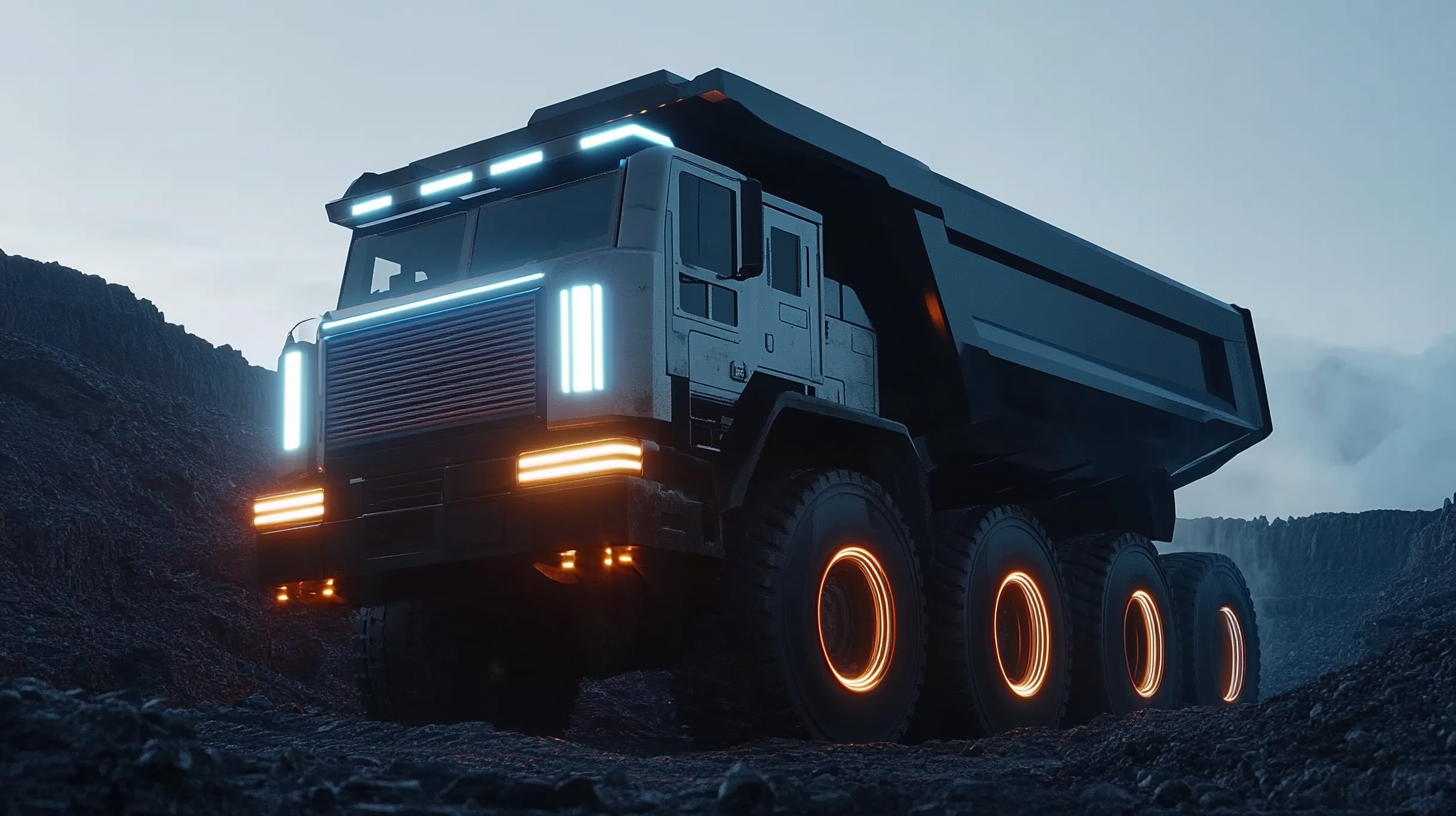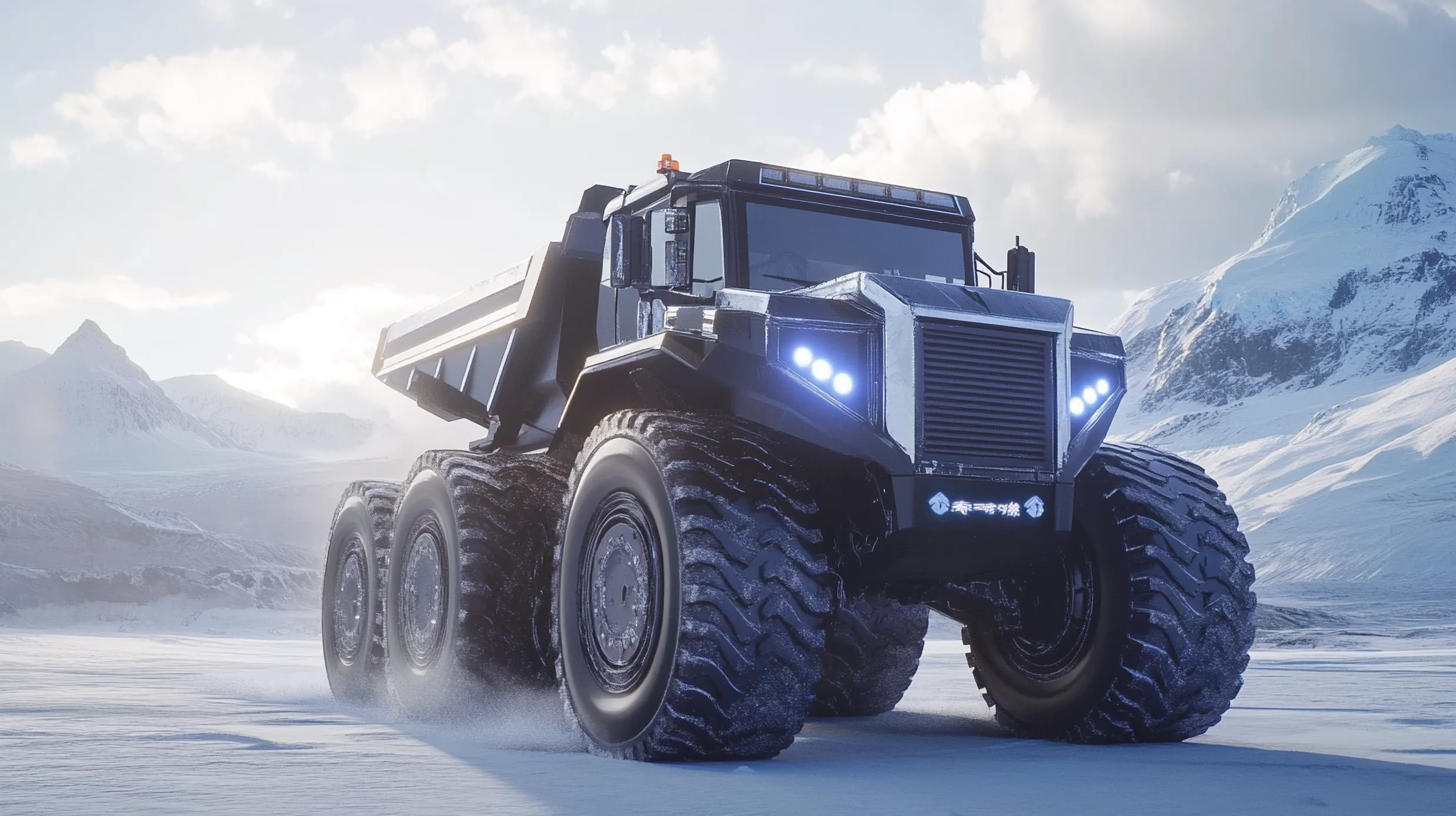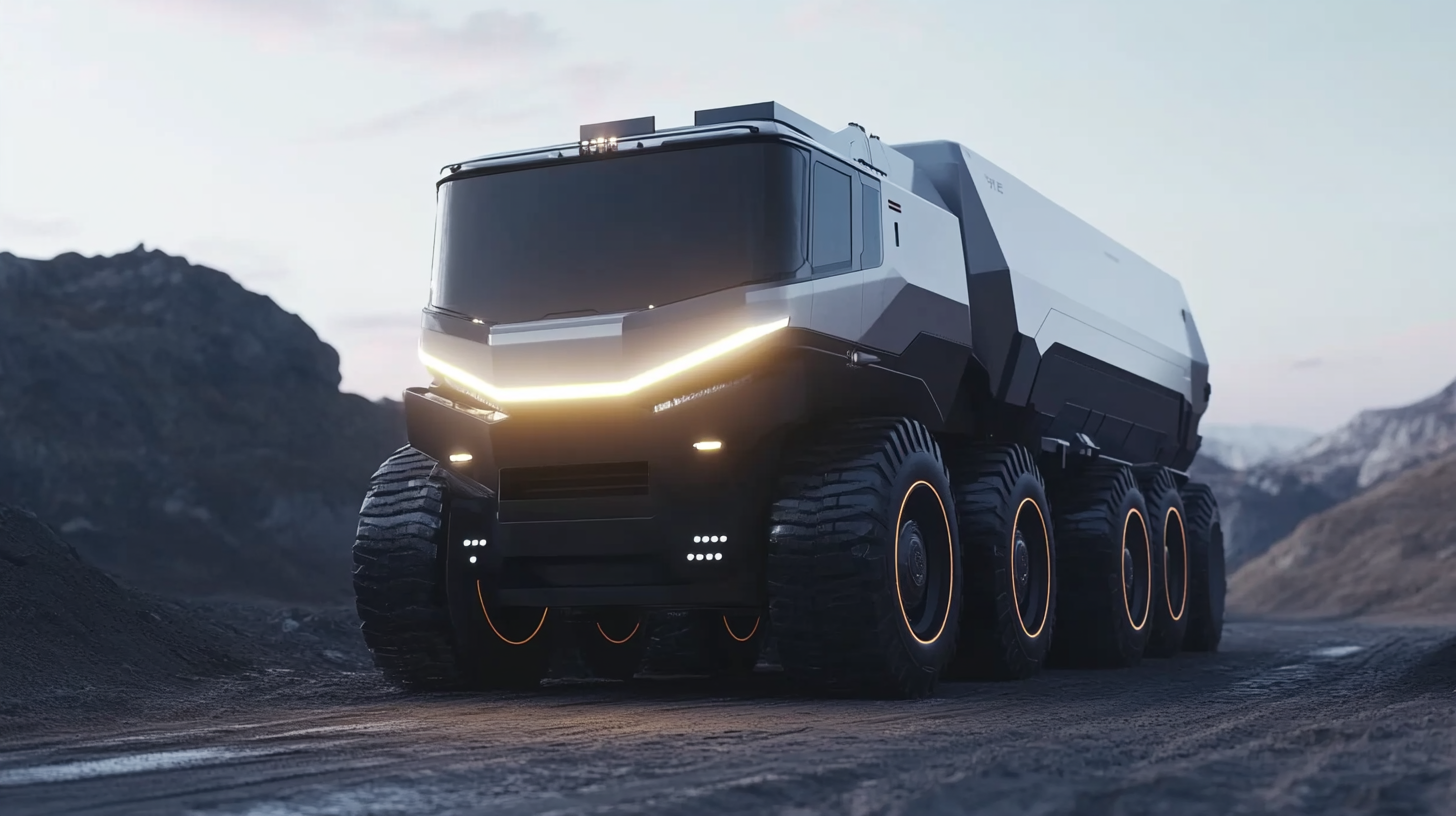As the mining industry faces increasing pressure to reduce its carbon footprint and embrace sustainable practices, the spotlight is turning towards innovative solutions like the Electric Mining Truck. According to a recent report by the International Council on Mining and Metals (ICMM), the mining sector is responsible for approximately 4-7% of global greenhouse gas emissions, prompting urgent calls for transformative changes. Electric Mining Trucks, with their significant reductions in emissions and lower operational costs, are positioned as a viable alternative to traditional diesel-powered vehicles, marking a pivotal shift towards greener mining operations.
Moreover, a study conducted by the Global Mining Guidelines Group (GMG) indicates that transitioning to electric machinery could decrease overall mining costs by up to 30% over their lifespan, thanks to reduced fuel expenses and maintenance costs. The adoption of Electric Mining Trucks not only aligns with global sustainability goals but also enhances efficiency in mining processes. As more companies recognize the advantages of these electric vehicles, the path to a more sustainable future in mining becomes clearer, driven by the potential of Electric Mining Trucks to revolutionize the industry.

The rise of electric mining trucks represents a significant shift in the mining industry towards more sustainable practices. As environmental concerns grow and regulations tighten, companies are increasingly looking for ways to reduce their carbon footprint. Electric mining trucks, with their zero emissions and lower operational costs, stand out as a game-changing solution. These vehicles not only help combat air pollution but also contribute to a quieter work environment, enhancing the overall safety and health of miners. Beyond environmental benefits, electric mining trucks promise increased efficiency and productivity. With advancements in battery technology, these trucks can now operate for longer periods without the need for refueling. This reliability allows mining operations to run smoother and minimizes downtime, ultimately boosting productivity. Moreover, the reduced number of moving parts in electric engines leads to lower maintenance costs, making them a financially appealing option for mining companies. Another key aspect of this transformation is the potential for renewable energy integration. Electric mining trucks can be powered by solar or wind energy, further enhancing their sustainability credentials. This synergy not only helps companies meet their sustainability goals but also aligns with the broader movement towards clean energy sources, fostering a greener future for the mining industry. As electric mining trucks become more mainstream, they pave the way for innovative practices that prioritize both profit and planet.

The shift from diesel to electric mining trucks represents a significant leap toward achieving sustainability in the mining industry. Recent studies and initiatives reveal the stark contrast in carbon footprints between electric and diesel trucks, particularly in light of new emissions standards set by the EPA. With the agency aiming to cut greenhouse gas emissions from heavy-duty trucks by 60% by 2032, the urgency for mining companies to embrace electric vehicles (EVs) cannot be overstated. Electric mining trucks not only promise lower operational emissions but also align with the broader decarbonization strategies that many corporations, like Vale, are championing.
Moreover, the implementation of electric trucks is poised to deliver substantial environmental and economic benefits. In Minnesota, a taconite mining company and its electric utility are spearheading initiatives to reduce diesel dependence through federal funding for electric vehicle projects. As demonstrated in MINExpo, new technologies and innovations are crucial in navigating the transition from diesel to electric. The mining sector can greatly mitigate its environmental impact while driving operational efficiency and cost reductions through electrification. This creates a compelling case for the mining industry to lead the charge in sustainable practices, ultimately contributing to a greener future.

The transition to electric mining trucks signifies a transformative shift towards sustainability in the mining industry, particularly when evaluating the long-term cost efficiency of electric vehicles (EVs). As companies explore the potential of fully electric mines, significant investments are being made across the globe. The recent collaboration between mining firm Norge Mineraler and an engineering company to design a fully electric mine showcases an ambitious vision that could drastically reduce both operational costs and environmental impact.
A striking example is the Sindh Engro Coal Mining Company's deployment of an electric truck fleet in Pakistan, a move that marks a significant step for the country’s mining sector. This initiative not only embraces the shift to electrification but also highlights the potential for major cost savings in fuel and maintenance compared to traditional diesel trucks. As electric mining vehicles can offer improved torque, acceleration, and performance, the operational efficiency gains are substantial.
Moreover, as battery technology continues to advance, the cost of electric mining trucks is expected to decrease significantly. The deployment of cutting-edge batteries could further reduce the total cost of ownership, making electric options more attractive to mining companies. With firms like Fortescue investing heavily in electric equipment, it is clear that the mining industry is recognizing the long-term financial benefits associated with sustainable practices, solidifying the role of electric mining trucks in the future of efficient and eco-friendly mining operations.

Electric mining trucks are making significant strides in the heavy mining industry, proving that they can meet the rigorous demands of operations while supporting sustainability efforts. According to a report from the International Council on Mining and Metals (ICMM), the mining sector is responsible for about 4-7% of global greenhouse gas emissions. Transitioning to electric trucks can drastically reduce this footprint, as they produce zero direct emissions during operation. This shift not only helps to combat climate change but also aligns with global sustainability goals.
Performance-wise, electric trucks have shown advancements that challenge the traditional diesel-powered models. A recent study by the Global Mining Guidelines Group (GMG) has showcased that electric trucks, equipped with advanced battery technology, can achieve similar payload capacities as their diesel counterparts while significantly reducing operational costs. For example, electric trucks can lower energy costs by up to 30% due to higher efficiency and lower maintenance requirements. Reports have indicated that the average cost of electric mining truck maintenance can be up to 50% less than that of diesel trucks, making them an economically viable option for mining operations.
Reliability is another crucial aspect where electric trucks excel. Many electric models feature robust designs tailored for the harsh mining environment, often incorporating technology that enhances their operational lifespan. Data suggests that electric trucks benefit from improved downtime metrics, allowing for more continuous operation compared to traditional diesel trucks. As battery technology continues to evolve, with advances in fast charging and battery life extension, mining companies are increasingly confident in their ability to depend on electric trucks for heavy-duty tasks. This transformation indicates a promising future for electric mining trucks as a reliable and sustainable solution within the industry.
Government incentives and regulations play a pivotal role in accelerating the shift towards electric mining solutions. As the world grapples with the pressing need for sustainable practices, governments across various countries are recognizing the necessity of transitioning the mining sector from traditional diesel-powered vehicles to electric alternatives. To facilitate this change, many governments are introducing attractive financial incentives, such as tax breaks, grants, and subsidies designed to lower the initial costs of electric mining trucks. This financial support not only makes electric trucks more affordable but also encourages mining companies to invest in cleaner technologies.
In addition to financial incentives, regulations targeting emissions and environmental impact are becoming increasingly stringent. Governments are implementing stricter standards for emissions, pushing mining companies to rethink their operational strategies. These regulations are driving innovation and promoting the adoption of electric mining trucks, which produce zero tailpipe emissions. The combination of financial incentives and regulatory pressures highlights a growing commitment to sustainability within the mining industry, creating a roadmap for future investments in electric technology. As a result, companies that adapt early to these changes will not only comply with regulations but also position themselves as leaders in the evolving landscape of sustainable mining.